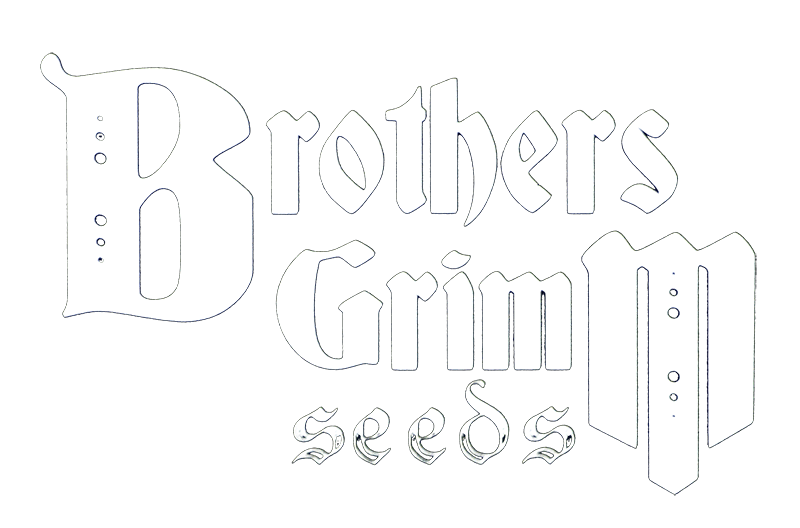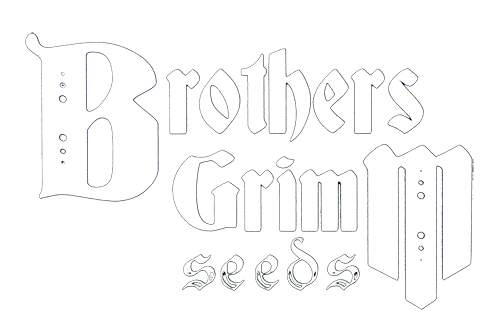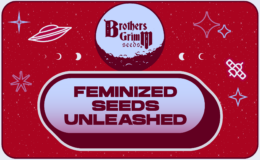These plants contain a wide variety of compounds, including cannabinoids and terpenes, that contribute to their distinct results, tastes, and aromas. It’s important to know these compounds because knowledge is power. The combination of different cannabinoids and terpenes in a strain contributes to its unique results and sensory characteristics. Not only that, there’s a synergy between things like cannabinoids and terpenes, as well as flavinoids and other compounds. All the cannabinoids, terpenes and other compounds are found on flowers and it doesn’t matter if they were grown from clone, or feminized seed, regular seed or autoflower seeds.
What are the most prevalent terpenes and cannabinoids found these plants?
Here are some of the most common cannabinoids and terpenes found:
First up are the most common cannabinoids, of which there are four.
- Tetrahydrocannabinol: Is the primary psychoactive compound, responsible for the “uplifting” or euphoric results. It also has potential medical applications, such as pain relief and appetite stimulation. With regard to bud, low-variant for the consumer culture is typically anything around 20% or lower chemically. High is commonly thought of as being around 30% or higher. However, there are some labs certifying over 35% variant on flower, but the majority of consumers aren’t sure if these numbers are accurate or not, due to the fact that labs have been known to falsify reports to help them retain their lab customers in a competitive niche.
- Cannabidiol: Is a non-psychoactive compound that has gained attention for its potential therapeutic benefits, including anti-inflammatory, anti-anxiety, and analgesic properties. It often shows up in bud in small amounts with less than 1%, however not all buds has it in it. Some people report not being sensitive to it in their flower, while others have found it is needed to have a positive experience. It is often referred to by consumers as the cannabinoid that helps relax and calm one down.
- Cannabinol (also commonly referred to as CBN): CBN is usually present in older, overripened plants and is a result of the degradation of variant. It may have mild sedative results and is currently being studied for its potential as a sleep aid. Many CBN products have be around for a long time, and the majority of consumers report finding CBN to be exceptionally sedative. However, others have found that too much CBN can create the opposite effect, stimulation.
- Cannabigerol (also commonly referred to as CBG): CBG is considered the “stem cell” cannabinoid, as it is a precursor to other cannabinoids. It has potential anti-inflammatory and neuroprotective properties.
Most people have assumed that chemically is the main driver of the experience one has when smoking pot, but science indicates otherwise. Terpenes are also significant drivers of results, as well as helping contribute to the aromas and tastes. Besides terpenes, compounds like thiols can also impact aroma and taste. Thiols are the compound the causes the intense smell of skunk in buds.
If you’ve never thought about terpenes, and they are a new concept to you, then it is time to get up to speed.
Flower that has 1.5 – 3% terpenes should be very fragrant and aromatic. Over 3% terpenes is considered to be best in class. Under 1% terpenes is considered to be of poor quality. Different terpenes evaporate at different rates, so depending on how the bud was dried, it can greatly reduce the terpene % if the cultivators don’t have a proper drying and curing procedure in place.
The most common terpenes include myrcene, limonene, caryophyllene as well as humulene, pinene, and terpinolene, however there are a few others that are intriguing.
- Myrcene: Myrcene is one of the most abundant terpenes in and is associated with relaxing results. It has a musky, herbal aroma and is also found in hops, which are used to make beer.
- Limonene: There’s D-limonene and L-limonene. Limonene is known for its citrusy aroma and is believed to have mood-enhancing and stress-reducing results. It’s found not only in these plants, but also in various citrus fruits. The smells associated with D-limonene include sweet orange and citrus, but the L-limonene can be herbal, pine, and even peppery.
- Pinene: There’s Alpha-pinene and Beta-pinene. These have a piney aroma and is found in higher concentrations in strains with a “foresty” or pine-like smell. These compounds can also bring on aromas of camphor, herbal, woody, spicy, and even mint. Pinene is also believed to have anti-inflammatory and bronchodilator properties.
- Caryophyllene: Caryophyllene has a spicy, peppery aroma and is unique among terpenes because it can interact with the body’s endocannabinoid system, similar to cannabinoids. It may have anti-inflammatory results.
- Linalool: Linalool has a floral aroma and is known for its calming and sedative results. It’s also found in lavender and is associated with relaxation.
- Humulene: Humulene has an earthy, woody aroma and is found in hops, giving some strains a beer-like scent. It’s believed to have anti-inflammatory and appetite-suppressant properties.
One of the newer terpenes being reported on by The Big Book of Terps by Russ Hodson is eudesmol. There’s Alpha-eudesmol, Beta-eduesmol, and Gamma-eudesmol. The aromas associated with eudesmol terpenes are sweet, woody, clove, turpentine.
These are just a few examples of the many cannabinoids and terpenes present in these plants. We hope you keep researching and learning more as the science continues to sift and sort through myths, folklore and truth.







Leave a Comment